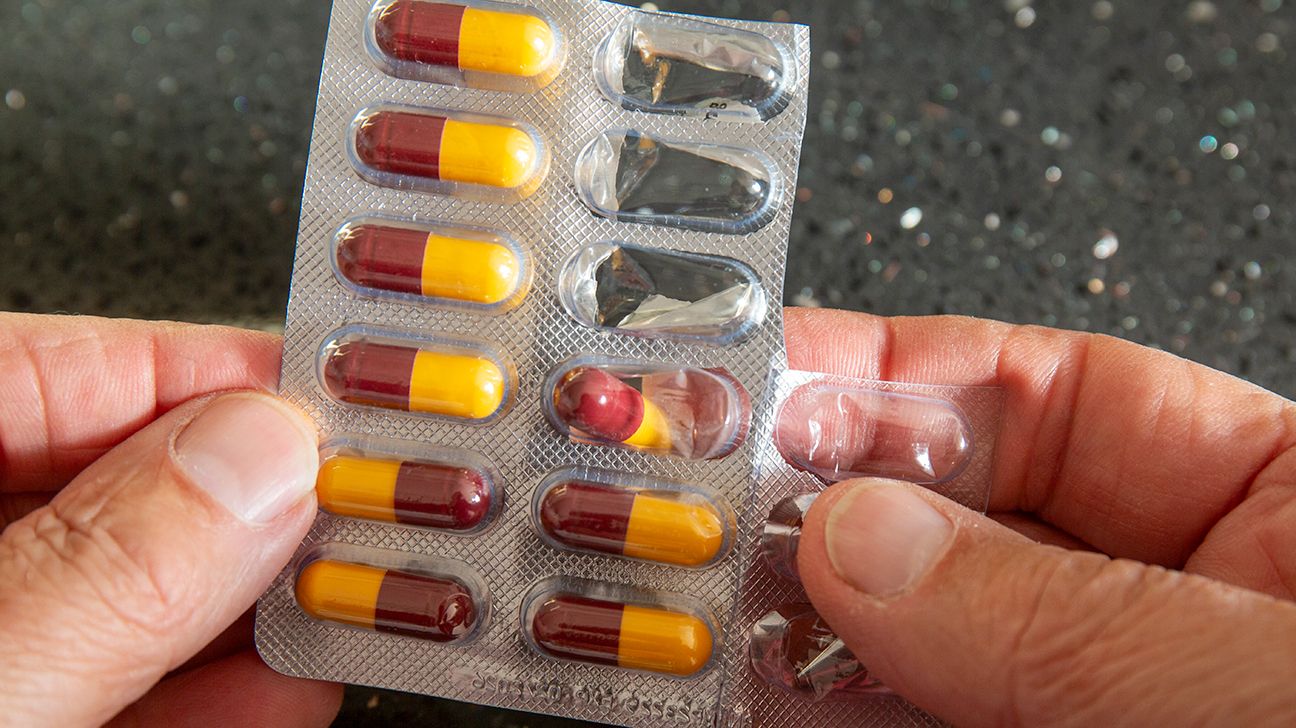Amoxicillin is a type of penicillin, an antibiotic that doctors prescribe to treat bacterial infections. It takes effect quickly, but it may take 24 to 72 hours to see an improvement in your symptoms.
Doctors prescribe amoxicillin to treat many types of bacterial infections, such as:
Although amoxicillin usually starts working within a couple of hours, symptoms may persist for days. The drug kills bacteria by preventing them from replicating, but it may take a few days to kill off all the harmful bacteria in your body.

Amoxicillin comes in several oral forms, including:
- tablets
- extended-release tablets (which release the drug slowly into your body over time)
- chewable tablets
- capsules
- powders
While amoxicillin tends to take effect rapidly, there are slight differences in how fast many people metabolize the drug.
Oral 250-milligram (mg) or 500-mg strength amoxicillin capsules usually reach a peak concentration in your blood within 1 to 2 hours. Your body eliminates about 50% to 85% of the medication within
Extended-release amoxicillin usually has a longer effect than other forms of the drug but may take several more hours to take effect fully.
How long after taking it will I feel better?
Although amoxicillin takes effect in a couple of hours, it takes some time for your body to clear your infection and for you to start feeling better. It takes about 24 to 72 hours for many people to notice an improvement in their symptoms.
Even after you start feeling better, finish your prescribed course of antibiotics. You may still have bacteria in your body even if you feel better. Stopping amoxicillin earlier than prescribed could lead to your infection returning and contribute to the development of antibiotic-resistant bacteria.
Learn more about how antibiotics work.
Does anything help it work faster?
Your body can rapidly absorb amoxicillin after you take it by mouth, and it generally has a high level of bioavailability (how easily your body absorbs and uses the drug).
You usually need to take amoxicillin multiple times per day since your body can eliminate it quickly. A typical capsule dosage is 250 to 500 mg three times per day, but dosage varies depending on your condition and the drug form you take.
To clear your infection quickly and completely, take your medication as prescribed and avoid skipping doses.
Does anything slow down how fast the drug works?
Taking amoxicillin with food may slightly delay the speed at which it reaches your bloodstream. But this effect is likely minimal if you take your doses at regular intervals as prescribed. Doctors often recommend taking amoxicillin at the start of a meal to reduce potential digestive complications.
Learn more about the side effects of amoxicillin.
The length of time you need to take amoxicillin depends on your infection type. You might receive a prescription for as few as 5 days or as many as 14 days.
In many cases, continue taking amoxicillin until you remain symptom-free for at least 48 to 72 hours.
Amoxicillin is a type of penicillin antibiotic that doctors prescribe to treat many types of bacterial infections. It takes effect in your body quickly, usually within a couple of hours. It may take roughly 1 to 3 days to notice your symptoms subside.
It’s important to take your entire course of amoxicillin, even after you start feeling better. Finishing your antibiotic course may help prevent a returning infection and the development of antibiotic-resistant bacteria.
Disclaimer: Healthline has made every effort to make certain that all information is factually correct, comprehensive, and up to date. However, this article should not be used as a substitute for the knowledge and expertise of a licensed healthcare professional. You should always consult your doctor or another healthcare professional before taking any medication. The drug information contained herein is subject to change and is not intended to cover all possible uses, directions, precautions, warnings, drug interactions, allergic reactions, or adverse effects. The absence of warnings or other information for a given drug does not indicate that the drug or drug combination is safe, effective, or appropriate for all patients or all specific uses.




